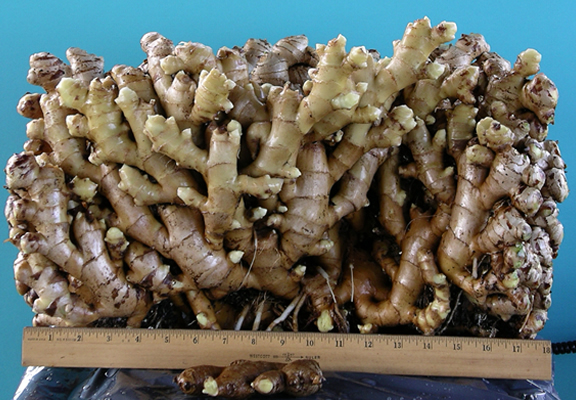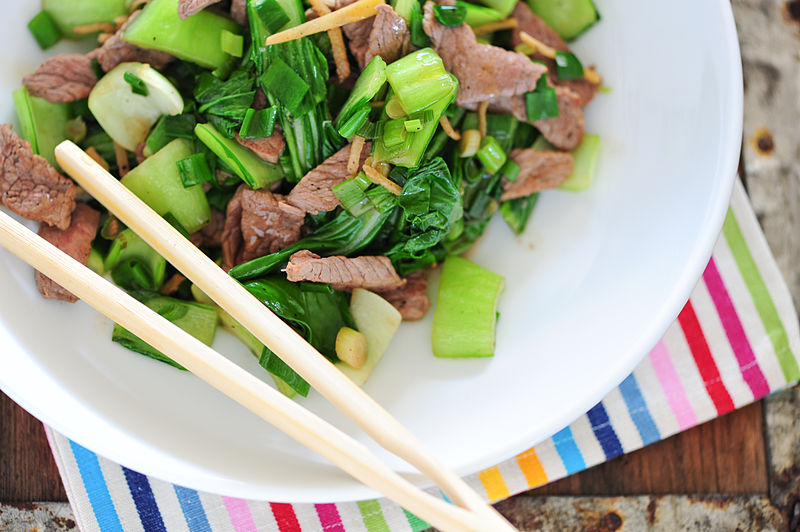This is part of a series of herbal remedies for arthritis; check out last week’s article on cinnamon’s anti-inflammatory and anti-arthritic properties.
It’s not a phenomenon of modern medicine that a number of household spices and sweets are being used to fight inflammation and arthritis. Like cinnamon, ginger is a spice that’s been used for millennia to fight off disease and pain. Modern scientific research has invested time in figuring just what power the spice has and where those properties might be coming from.

What’s the Science?
Ginger has a unique molecular compound aptly named a gingerol. A Journal of Medicinal Food 2005 report claimed ginger could inhibit genetic triggers for inflammation. A 2009 study jointly run by the Universities of Arizona and Kansas, then published in the Journal of Natural Medicine tried to expand on the little Western science that existed at the time. The hypothesis went that this compound was essential to whatever benefits ginger gave to arthritis sufferers. Their results found that other elements of ginger also had an antiarthritic effect “and suggest that non-gingerol components are bioactive and can enhance the antiarthritic effects of the more widely studied gingerols.”
“The antiarthritic effects of ginger are particularly intriguing as these studies suggest that the antiarthritic bioactivity of this Zingiberaceae involves additive and/or synergistic effects of multiple components, including, but not limited to, the gingerols. Future studies are therefore planned to examine further the efficacy, safety and mechanism of action of complex ginger extracts when administered orally as dietary supplements.”
Recipes
So how do you incorporate ginger into your diet? Should you jump for the Chinese food (like I can stop you either way)? Here are some healthy remedies:
1. Yes – Go Chinese! Add Ginger to Stir-Fry!
Chinese food, or more generally Asian-style cuisine, doesn’t have to be the fast food burden most people think it is. Ginger is essential in any vegetable stir-fry. It’s best to use whole ginger root (minced or diced) rather than powder, so you can get a fuller effect. If you want to make this a habit, don’t forget to add the soy sauce! Check out the ginger beef stir fry below – just look at it. You know you want to check out a recipe or two, right?
2. Drink Ginger Tea
There are a bunch of recipes for ginger tea, including this one homemade blend. All the major tea companies should sell it in the local supermarket. A lot of recipes call for adding lemon (and of course you can add honey or sugar).
3. Drink Ginger Ale
Sick kids might recognize this as what keeps their stomachs settled. The same goes for pregnant women. Ginger ale has a soothing effect on the stomach and tempers nausea. It also soothes the muscles of the digestive tract and reduces gas.
Why Wait?
Another member of the same spice family that has these properties is turmeric, used in a lot of Middle Eastern cuisine (we’ll get to that spice another time). For now, make sure ginger is in your spice cabinet.







